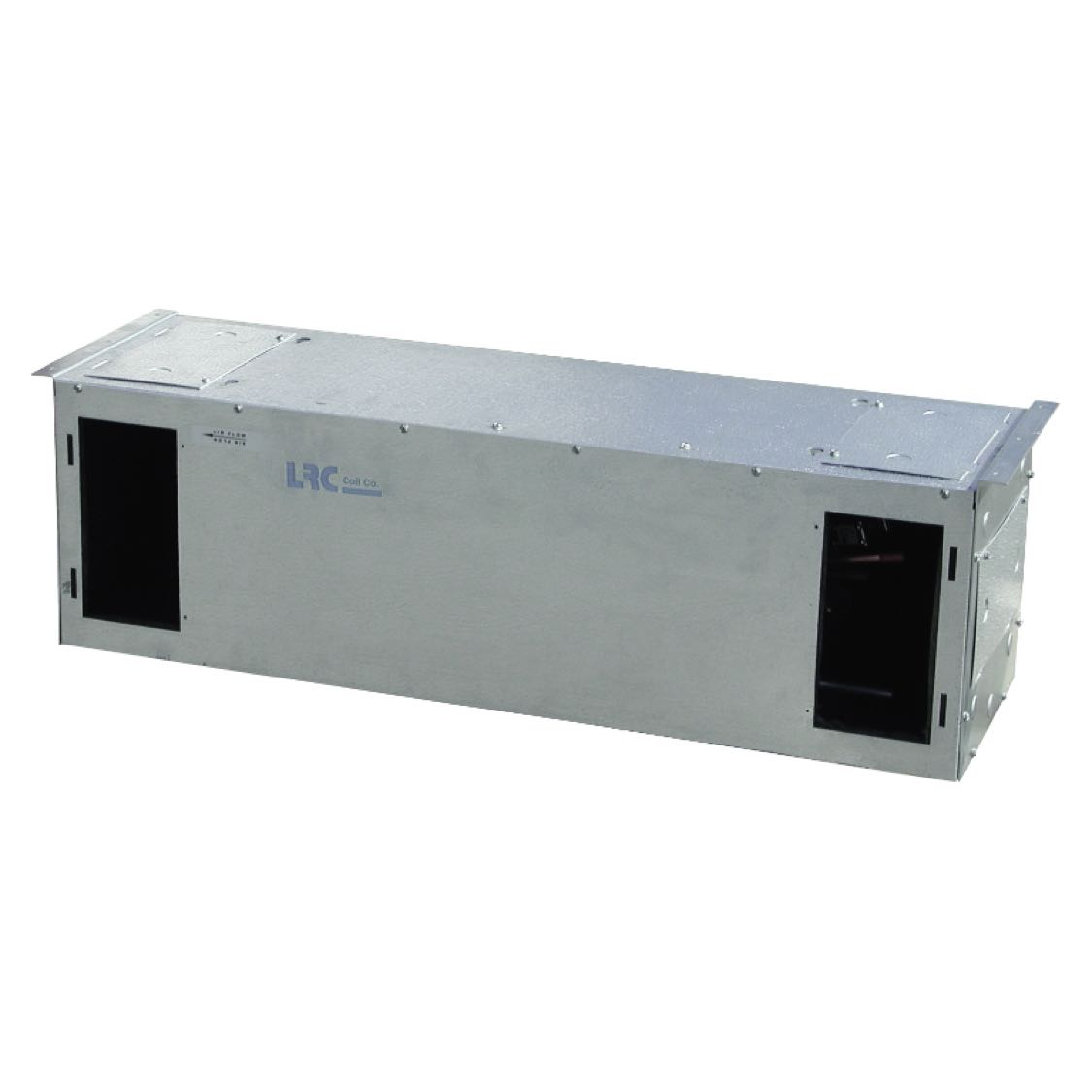The ideal design for a sustainable, high-quality wine cellar cooling system. The evaporator coil is mounted in the wine cellar or ducted from another room. A second component of the split system is held in an adjacent room or outdoors (requiring ventilation) called the condensing unit. To connect the two split sections, several elements are needed—refrigeration lines, drain lines, and an outdoor kit (used if the condensing unit is held outside). This split design provides several advantages: It reduces noise in the room where the wine is contained, doesn’t produce heat in the adjacent living areas, as well as offers many other technical advantages when it comes time to repair or replace wine cooling system parts.

Rack Mounted Wine Cellar Split Cooling Units – Wine Cellar Refrigeration Systems (RM Series) CLICK HERE to see the RM Series Page.
We at US Cellar Systems only build split system wine cellar cooling units. We believe in this particular system of wine cooling units. We recommend split systems for their superiority over all other types of designs. Often these systems are compared with Ductless “Mini Split” systems.
Here’s a comparison of the two. We think you’ll see why we are so adamant with our “trade only clients” to encourage their customers to use this superior technology.
Ductless “Mini Split” Wine Cellar Cooling Systems
Split systems are easy to use and built specifically for wine cellar applications whereas the mini-split is not. It’s a residential air conditioning unit that is modified to force it to work at lower temperatures for wine cellars.
Consumers like them because they look really nice in their wine cellars. But they are designed to work at higher temperatures and lower humidity so they are not the ideal system for wine cooling. Essentially, they’re using an apple when you need an orange.
Examples: Wine Zone, Vigilant, Cellar Mate
Advantages
- Sleek evaporator design
Disadvantages
- Cannot be covered to match décor
- Must be wired to the condensing unit which is the only power supply option
- Nearly all manufacturers are 230V with no other option
- Most operate on R22 refrigerant. It is not ideal to use at these temperatures for performance or efficiency. It is likely to be phased out soon as dozens of other refrigerants have been. When it is
- More difficult to install
Explanation: Since Ductless Mini Split Wine Cellar Cooling Systems use a fan coil originally designed for air conditioning. LG, Sanyo, Mitsubishi, Fujitsu, Trane, and many other companies make great equipment for air conditioning. These systems are designed to operate in the 68°f to 78° f range efficiently and assist in removing humidity from the air for a more comfortable living space. To modify these units to the much colder temperatures needed for wine storage a crankcase pressure regulator is added. These systems are then forced to run at pressures and temperatures they are not actually designed for. If there is any variance of pressure in that valve it can cause the following issues:
- Compressor overload causes drastically shorter life or catastrophic failure.
- The fan coil can ice up causing severe spikes and drops in room temperature or even catastrophic failure.
US Cellar Systems Split Wine Cellar Refrigeration Systems
 Advantages
Advantages
- Several coil sizes, shapes, and mounting possibilities are available.
- Condensers can be installed indoors or outdoors without temperature differential concerns.
- Water Cooled Condensers are available for locations with a water source or Geothermal technology.
- NO connecting wiring between the fan coil and condensing unit is required.
- AXV adjustments provide a range of operations that can be fully adjusted to the variables of each cellar.
- The entire system can be serviced and repaired in place by almost any HVAC technician.
- Requires less and simpler service.
- Many replacement components are available locally nationwide.
- The air temperature probe used with a remote-mounted programmable thermostat is more responsive to changing conditions.
- Unlimited technical assistance is readily available direct from US Cellar Systems.
Disadvantages
- More industrial appearance.
Considering purchasing a Self-Contained Through-the-Wall Wine Cellar Cooling Unit? Click here to LEARN FROM THE EXPERTS.
At US Cellar Systems we are proud of the decision to only build and sell split systems for wine cellar cooling units. We know that they are superior in design and that any wine collector that is serious about storing wine in a cellar would require the design specification that split systems offer. We believe that a company must stand by its work. We know that quality manufacturing and ethical business practices in wine cellar cooling products require that we be honest about the benefits of split systems and the serious drawbacks that come from any cooling unit that isn’t.



